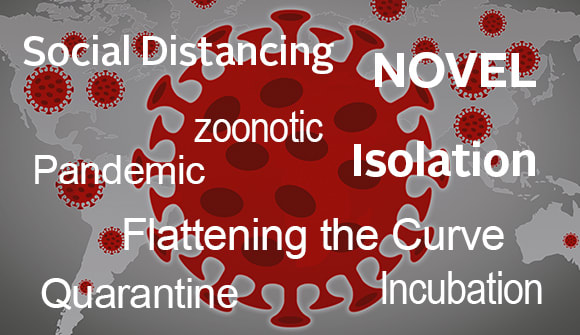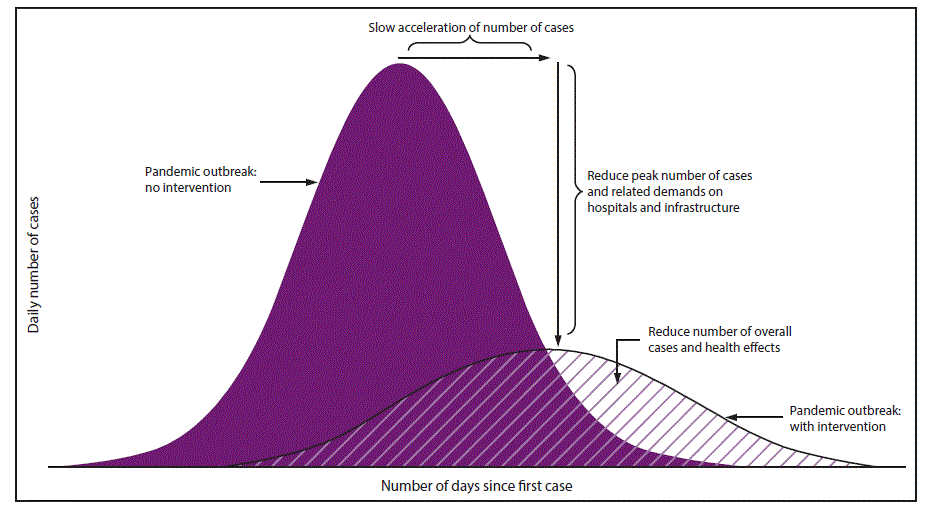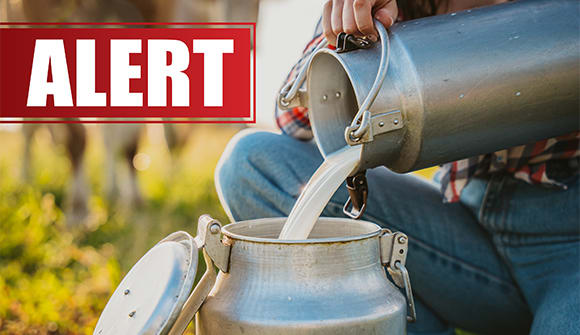What’s the buzz?
Don’t get lost in the COVID-19 lingo.
Article Author: Beth Stambaugh
Article Date:

If you're like most Americans, you're getting deluged with COVID-19 information. Sometimes it's easy to get lost in the lingo, but understanding key terms can help us comply with important recommendations and move closer to controlling the virus.
Here's a quick glossary of some recent buzzwords:
COVID-19
We know what it means, but where did the letters come from? The acronym stands for "CO-rona VI-rus D-isease." The 19 is used to designate the year in which it first appeared: 2019.
Novel coronavirus
Nope, it's not a bestselling book. A novel (new) coronavirus is a respiratory condition named SARS-CoV2 and is part of the same large virus family that causes the common cold. (In fact, COVID-19, coronavirus, SARS-CoV2 and novel coronavirus all refer to the current virus.)
Flattening the curve
Taking protective measures to slow the rate of infection so that hospitals will have rooms, doctors and supplies to treat patients is referred to as "flattening the curve." The goal is to prevent surges in illness. Protective measures include staying at home, hand washing, social distancing and cleaning high-touch surfaces.

Source: CDC
Social Distancing
Health officials have instructed the public to practice social distancing -- staying home, avoiding crowds and refraining from being in close contact to reduce opportunities for the spread of the coronavirus. When near others, social distancing means staying at least 6 feet apart. Social distancing helps "flatten the curve" and reduce infection among high-risk populations.
Pandemic
An epidemic that has become a global phenomenon. On March 11, the World Health Organization declared COVID-19 a pandemic. Pandemics happen when a new virus emerges to infect people and can spread world-wide because there is no pre-existing immunity.
PPE
Stands for personal protective equipment that health care workers must wear to protect themselves from the virus, such as masks, gowns, face shields, head covers, goggles and shoe covers.
Incubation
The time between catching the virus and having symptoms of the disease. Most estimates of the incubation period for COVID-19 range from 2-14 days, most commonly around five days. This means that you can still be contagious if you are not showing symptoms! This takes us back to the importance of social distancing to flatten the curve.
At Baptist Health, we want to help keep you and your family informed about COVID-19. We're coordinating with the health department and following CDC guidelines to ensure the health and safety of our community. For more information, visit baptistjax.com/covid19.



